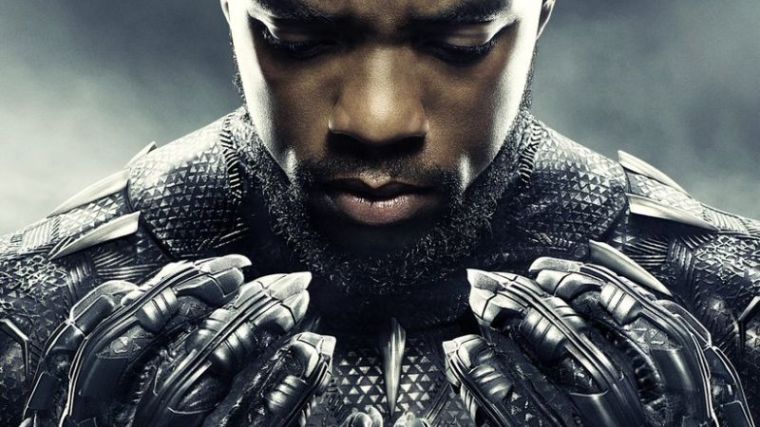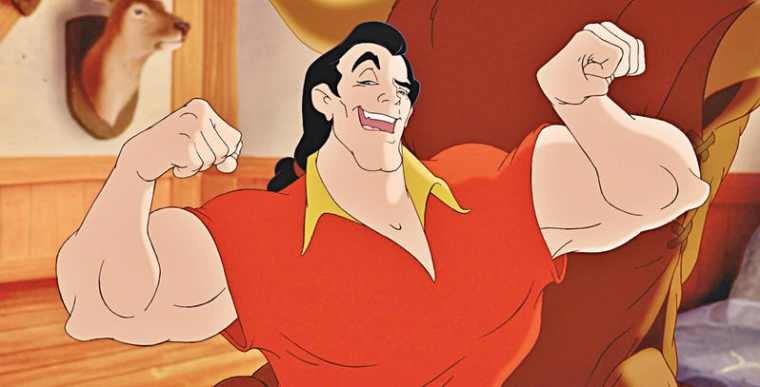 Poster of Black Panther also known as T’Challa.
Poster of Black Panther also known as T’Challa.
Source: http://www.superherohype.com/news/407553-wakanda-forever-new-black-panther-character-posters-released#/slide/1
On February 16 2018, Black Panther hit cinemas and it has broken many records. Such as box office records. In the United States, it was expected to hit $90 million, however, it has reached to $170 million (Mithaiwala, 2018). In total, it has reached more than a billion dollars worldwide. However that is not what it is about. Black Panther has excited Africa as a whole. To an individual, it has also inspired a certain individual who has been black and African in his/her entire life and has given many opportunities for many Africans.
The 2018 film has also given a new perspective of Africa. However, in the past, when people outside Africa think about Africa. They always think about people riding in animals instead of cars or not being too modernised. Or when they do, they also think of the 1994 animated film The Lion King. Which are good examples. However, it does lead to stereotyping that it’s a crime mess or that Africa does not have any modern cities. But up until today, Black Panther is more proof that Africans can go beyond on what people do think of Africa.
Black Panther has shown a cultural importance of celebrating Black culture. In a fun fact, it is also directed by the African-American director Ryan Coogler (b.1986-present) Black Panther is seen as a movie on not just about a hero’s journey, but also a black culture’s Journey (Johnson, 2018). Johnson (2018) has stated with its characters and costumes has shown pride and meaning. Even looking at the film, it has done its research really well. It has even given a spark to black moviegoers. African audiences who saw it were dressed in traditional African clothing and marks to celebrate the opportunity. Even after seeing Black Panther at its opening day, many Africans have been chanting in their languages. Like in South Africa, many were chanting in the Xhosa language. Which is a positive view on celebrating Black culture; especially in Africa.
The film has captured representation very well. Including the representation of strong female characters. The Dora Milage warrior is an excellent example. They are warriors who will fight for what’s right. Even the phrase Okoye states: “For Wakanda, Without Question” even seems very powerful. Even with T’Challa’s sister Shuri has shown a strong personality. With her use of science and humour has gone over the roof for many moviegoers.
It also give a representation of how Black people are oppressed. Killmonger is a prime example. He has spoken many aspects that many black people have gone thought in the past. It speaks to many African and Black people in general. Despite Killmonger’s misdeeds, he is a sympathetic and a strong character. His most powerful moment is his death (which many people think he does not deserve). Even him saying “Death is better than Bondage” is a powerful line. It’s like a way of him saying that he would rather die a free man, than to stay chained in a chained wall. Which one would hear in films all the time. One would think Killmonger is the best Character in the film so far, and in one’s opinion, he has shined both as a villain and a character.
Black Panther by far has shone in many ways than one could imagine. Many have even compared Black Panther to The Lion King in positive ways. With all that it has done of representing Africa, one could hope that film industries around the world, especially Africa will make more film Black Panther and hopefully would set the continent in a good path for the people living there.
References
- Ademolu, E. 2018 Black Panther is a stunning reimagining of Africa’s aesthetic for Hollywood Movie fans, (February 16, 2018) https://qz.com/africa/1209148/black-panthers-africa-afrofuturism-and-wakanda-are-stunning-reimagining-of-a-cultural-aesthetic (August 27, 2018)
- Chutel, L. & Kazeem, Y. 2018 Marvel’s “Black Panther” is a broad mix of African cultures – here are some of them, (February 19, 2018) https://qz.com/africa/1210704/black-panthers-african-cultures-and-influences (August 27, 2018)
- Di-Placido, D. 2018, Why Killmonger Was Such A Compelling Villain in Black Panther, (March 05, 2018), https://www.forbes.com/sites/danidiplacido/2018/03/05/why-killmonger-was-such-a-compelling-villain-in-black-panther/#28fa3bbf24aa (August 27, 2018)
- Johnson, T. 2018 Black Panther is a gorgeous, ground-breaking celebration of black culture, (February, 23 2018, )https://www.vox.com/culture/2018/2/23/17028826/black-panther-wakanda-culture-marvel (August 27, 2018)
- Mithaiwala, M. 2018. Every Record Black Panther Has Broken, March 25 2018, https://screenrant.com/black-panther-records (August 27 2018)
- Perry, S. 2017, Wakanda Forever! New Black Panther CHaracter Poster released. November 09 2017, http://www.superherohype.com/news/407553-wakanda-forever-new-black-panther-character-posters-released#/slide/1 (August 27, 2018)




